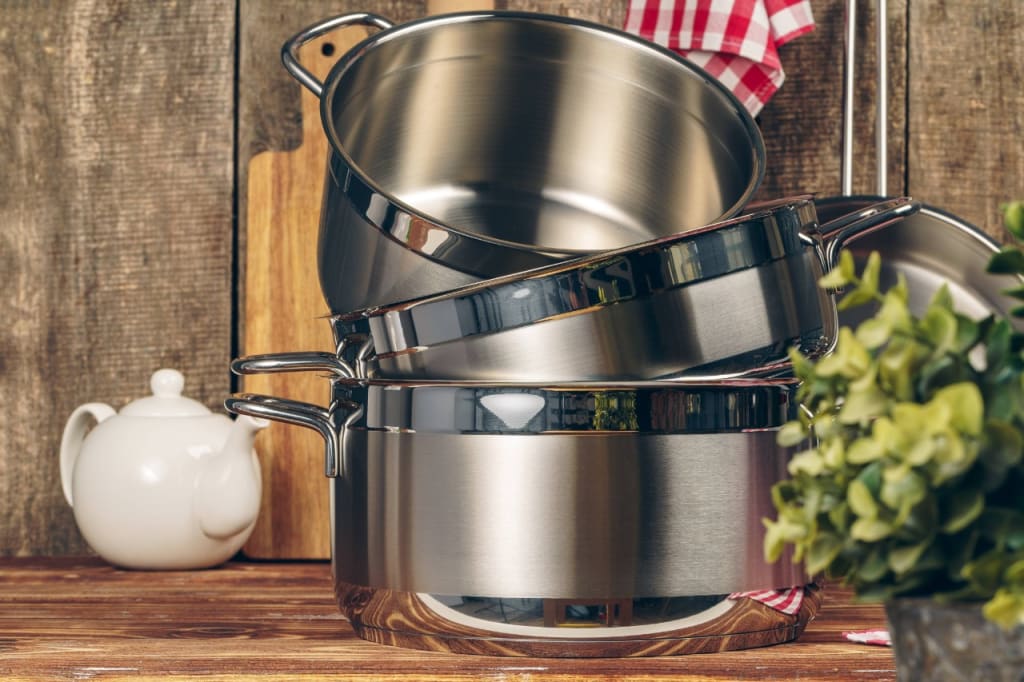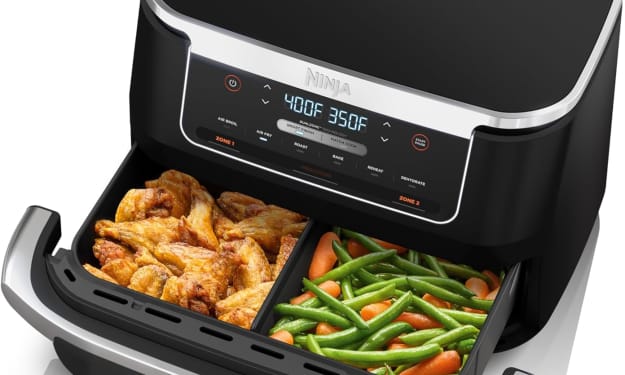What makes a saucepan perfect for every type of dish?
Saucepan

Sauces are an essential part of any dish, and there are many different types to choose from. This article will look at three of the most popular sauces - tomato, black bean, and garlic.
There is no one perfect saucepan for every type of dish. That's why it's important to choose one that is the right size, has a thick bottom so that the sauce doesn't scorch and has a tight-fitting lid so the sauce doesn't escape while cooking. You also want a saucepan made from high-quality materials to last longer and heat evenly.
These are characteristics and see which saucepan is perfect for each type of dish.
Types of Saucepans
A saucepan is most commonly used for cooking and can be categorized by the type of food being cooked. The most common types of saucepans are:
• Skillet:
This is a large, flat-bottomed pan with a narrow, straight bottom. It is perfect for cooking over medium heat and can easily be moved from stove to table.
• Stockpot:
A stockpot is similar to a skillet but has a wider base that makes it perfect for making soups or stews.
• Casserole:
A casserole is usually filled with food and then baked in the oven. It is often larger than a skillet or stockpot and can be used to cook various meals.
• Frying Pan:
A frying pan is essential cookware for anyone who loves to cook fried foods. It has a thin, nonstick coating makes it easy to cook with minimal oil or butter.
How to Choose the Right Saucepan
When choosing the perfect saucepan for every dish, there are a few things to consider. The pan's size will determine how much time it will take to cook your food, while the shape will determine how easily your food will cook and whether or not you'll need to use a whisk to prevent sticking.
A saucepan is an essential kitchen tool that can be used for many different types of dishes. Choosing the right saucepan for the specific dish you are making is important. For example, a perfect saucepan for boiling water would not be ideal for making a skillet full of eggs. There are several factors to consider when choosing the perfect saucepan for your dish. The saucepan's size, shape, and material are all important factors. Additionally, the cookware you use will affect the performance of the saucepan.
The Benefits of a Perfect Saucepan
There are many benefits to owning a perfect saucepan for every type of dish. A right-size saucepan will allow you to cook food evenly and prevent foods from sticking to the bottom. Additionally, a saucepan with a thick bottom will distribute heat evenly and help prevent the formation of burnt food. Lastly, a saucepan with a flared lip is perfect for stirring and makes it easy to remove food from the pan without scraping. There are many benefits to having a perfect saucepan.
1. First, it will make your cooking easier and faster.
2. Second, it will result in better-tasting food.
3. Third, it will prevent your food from sticking to the pan or burning.
4. Fourth, it will make clean-up much easier.
5. Fifth, it will prevent your sauce from becoming too thick or too thin.
6. Sixth, it will keep your saucepan evenly heated so that your food cooks evenly and quickly.
7. Seventh, it will prevent your sauce from sticking to the bottom of the pan.
8. Eighth, it is a great way to impress guests.
9. Ninth, it is a great way to reduce stress in your kitchen.
10. Finally, a perfect saucepan is a beautiful addition to any kitchen!
How to Make Perfect Gravy, Stock, and Thickeners in a Saucepan
A few things make a saucepan perfect for every type of dish. The first is the size. A saucepan should be big enough to fit the ingredients without overcrowding but not so large that it becomes too difficult to cook the food. The second is the shape. A saucepan should be able to hold as much heat as possible without scorching or sticking, which means it needs a straight bottom and sides. Finally, the saucepan must have a lid, allowing you to cook the food without constantly watching it.
Tips for Making Perfect Sauces in a Saucepan
Making sauces in a saucepan is simple, but getting the sauce to the desired consistency cannot be easy. Here are 10 tips for making perfect sauces in a saucepan: Use gentle heat - Too much heat will cook the sauce and make it harsh.
• Add ingredients one at a time - This will help avoid incorporating air into the sauce and making it cloudy.
• Stir frequently - Stirring will help to keep the ingredients from clumping and breaking down.
• Allow the sauce to come to a simmer before serving - A simmering sauce will be more flavorful and less acidic.
• Use quality ingredients - Poor-quality ingredients will not enhance the flavor of your sauce and may even damage it.
• Use moderate amounts of salt - Too much salt will make your sauce taste salty and overpowering, while too little can leave it bland and dry.
• Avoid using too much oil - Oils can prevent delicate sauces from emulsifying properly, leading to unappetizing thickness.
Conclusion
There is no one perfect saucepan for every type of dish. What makes a saucepan perfect for one dish may not be the best choice for another. Factors to consider include the material the saucepan is made from, the size of the saucepan, and its shape. Some popular saucepans include stainless steel, aluminum, cast iron, and silicone.
About the Creator
Enjoyed the story? Support the Creator.
Subscribe for free to receive all their stories in your feed. You could also pledge your support or give them a one-off tip, letting them know you appreciate their work.





Comments
There are no comments for this story
Be the first to respond and start the conversation.